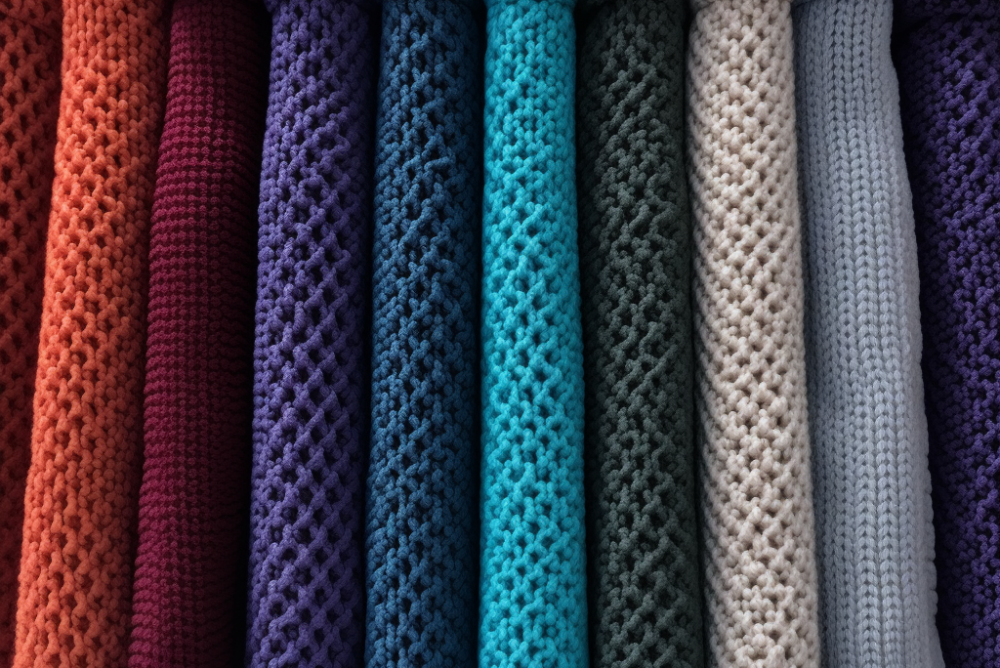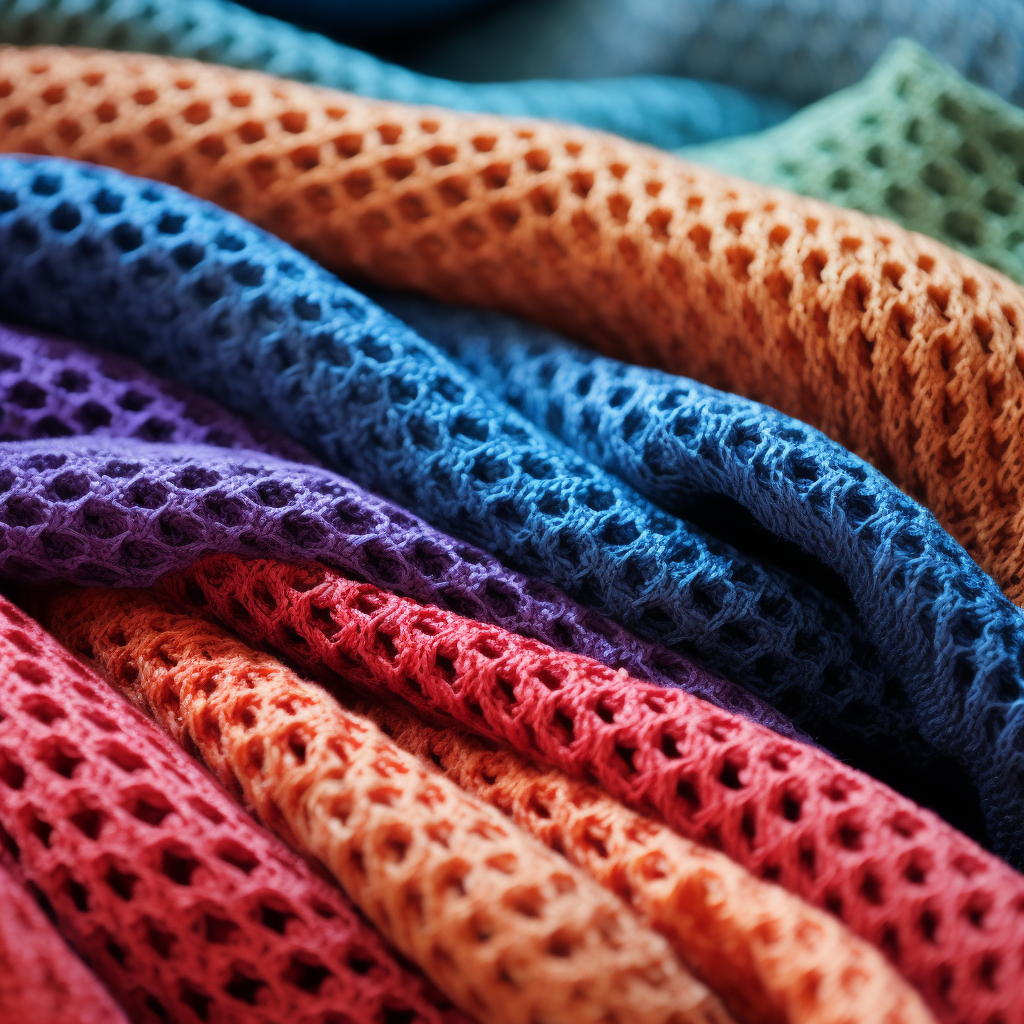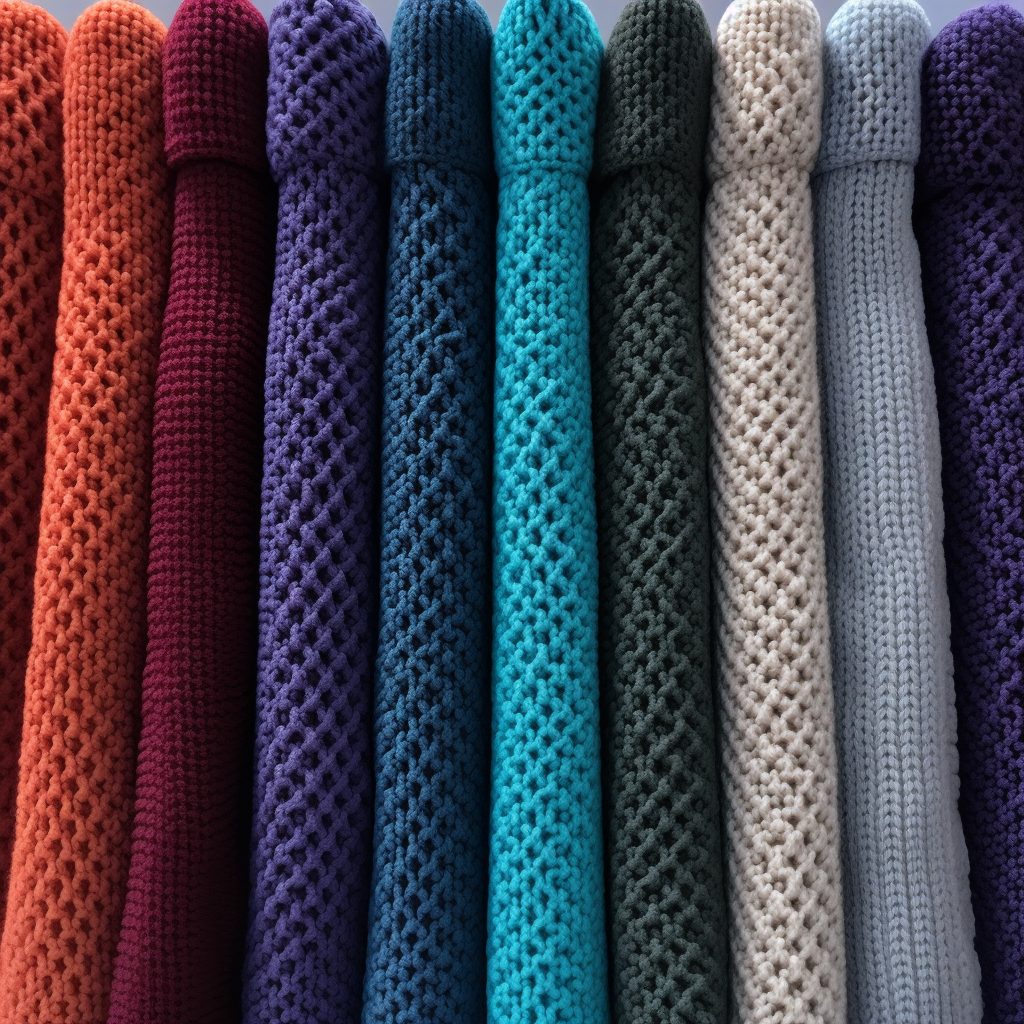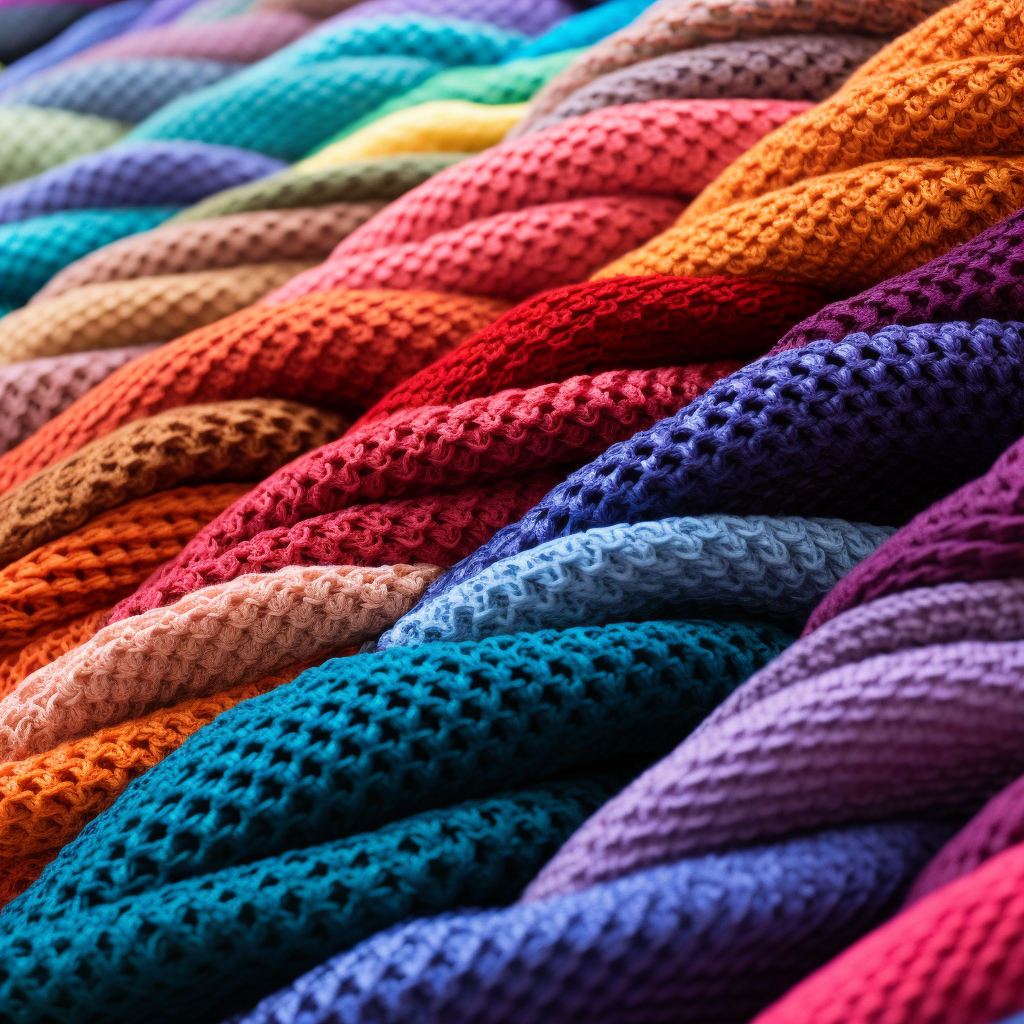The Impact of Chemical Finishes on Knitted Fabric Performance


Knitted fabrics are highly popular in apparel and household applications due to their inherent softness, stretchability, and comfort compared to woven fabrics. However, knits also tend to wrinkle easily, lack dimensional stability, and be more prone to pilling. Chemical finishing treatments allow manufacturers to overcome these limitations and impart desired properties to knitted fabrics based on their end-use.
Chemical finishes alter the handle, appearance, performance, and functionality of knitted fabrics. They enhance properties like wash-and-wear performance, water repellency, flame retardancy, antimicrobial activity, and many more. The type of chemical treatment applied depends on the composition of the knit (natural vs synthetic fibers), the fabric construction (weft vs warp knitting), and the intended end-use of the fabric.
This article provides an overview of the most common chemical finishing treatments applied to knitted fabrics and their impact on key fabric properties. It also covers recent advances in sustainable chemical finishes and smart/technical textiles using nanotechnology and other innovations. Understanding the effects of different chemical finishes allows designers and manufacturers to select appropriate treatments to add value and develop knitted fabrics for a wide range of applications.

Common Chemical Finishing Treatments
A variety of chemical finishing treatments are used to modify knitted fabrics depending on the desired end-use. The most common treatments include:
Pre-treatment
Pre-treatments prepare the fabric for subsequent wet processing steps like dyeing and finishing. The two main pre-treatments are:
Scouring: Removes impurities like oils, waxes, and other contaminants from natural fibers like wool and cotton using alkali, detergent, and water. This improves absorbency.
Bleaching: Removes natural color and discoloration by oxidizing the fibers using peroxides, hydrosulfites, or oxidizing gases. This improves whiteness and prepares for dyeing.
Dyeing
Dyeing imparts color to knitted fabrics using water-soluble dyes or pigments. Common dyeing methods include direct, disperse, vat, and sulfur dyes applied in batch or continuous processes. This provides color depth, fastness, and a range of shades.
Printing
Printing applies color in the form of patterns, designs, or logos using pigments thickened with binders. Common methods are roller, flat-screen, rotary screen, and digital printing. This allows varied aesthetic effects.
Mechanical Finishing
Mechanical finishes use physical actions to modify fabric properties:
Napping/Raising: Fibers are lifted and teased with revolving cylinders to create a soft fluffy surface, most common on single jersey.
Shearing/Cropping: High-blade machines cut the nap to a uniform length, controlling the fluffiness.
Calendering: Passing through heated rollers smooths and compacts the fabric for luster. Friction and pressure control the effects.
Chemical Finishing
Chemical finishes alter handle, appearance, comfort, and functionality:
Easy Care Finishes:
Wash-and-wear: Resins are applied to control shrinkage and creasing during laundering. Common resins are glyoxal-based reactants and dimethyloldihydroxyethyleneurea (DMDHEU).
Durable press: Glyoxal-reactants, DMDHEU, melamine resin and polycarboxylic acids crosslink cellulose to control wrinkling and maintain shape.
Performance Finishes:
Water repellency: Fluoropolymers or paraffin waxes are applied to repel water and avoid moisture absorption.
Flame retardancy: Compounds like organophosphorus, brominated, and antimony oxides inhibit combustion when exposed to flame.
Specialty Finishes:
Antimicrobial: Biocides like triclosan, silver ions, and quaternary ammonium salts inhibit growth of odor/stain causing bacteria and fungi.
Insect repellent: Insect repelling chemicals like permethrin are applied to repel insects like mosquitoes, ticks, and flies.
Coating Finishes:
Rubber/plastic: Dispersions or solvent solutions of rubber/plastic are applied as a coating to provide waterproofness and improved grip/abrasion resistance.
Metallic/glitter: Metallic particles or glitter flakes are coated for an iridescent visual effect. Binders like polyurethanes anchor them.
Effect of Chemical Treatments on Knitted Fabric Properties
Chemical finishing alters the hand, appearance, performance, and functionality of knitted fabrics in various ways:
Appearance:
Color, luster, handle: Dyeing and printing modify shade and patterns. Calendering increases luster. Raising creates a softer fluffier handle. Cropping gives a smoother handle.
Dimensional stability: Treatments like heat-setting, wash-and-wear, and durable press enhance dimensional stability and minimize shrinkage stresses.
Strength: Some resin treatments marginally decrease strength by coating fibers. Excessive crosslinking can embrittle fibers and reduce strength.
Durability: Wash-and-wear and durable press finishes enhance durability to repeated laundering. Proper bleaching improves lightfastness.
Comfort: Softeners, microencapsulated phase change materials, and moisture management finishes provide comfort by controlling moisture transport.
Functionality: Specialty finishes like water repellency, flame retardancy, antimicrobial, insect repellent add unique functionalities.

Latest Developments in Chemical Finishes for Knits
Research continues to enhance the ecological impact and functionality of chemical finishes:
Environmental considerations: Developing greener chemicals, waterless dyeing, and recycling wastewater reduces the environmental footprint.
Smart and technical textiles: Novel coatings, micro-encapsulations, and nanotechnology impart electrical conductivity, sensing, self-cleaning, controlled drug release.
Nanotechnology: Nanoscale additives like carbon nanotubes, nano-silica provide durability, water repellency, flame retardancy, anti-bacterial effects.
These innovations allow for high-performance smart fabrics tailored to end uses like medical textiles, protective clothing, sportswear, and military uniforms.
Conclusion
Chemical finishing is vital to enhancing the performance and functionality of knitted fabrics. Pre-treatments like scouring and bleaching prepare the fabric for subsequent wet processing. Dyeing, printing, and mechanical finishes modify aesthetic properties like color, pattern, luster, and handle. Chemical easy-care, performance and specialty finishes impart desired properties for end-use like wash durability, water repellency, flame retardancy and antimicrobial effects. Latest advances focus on ecological sustainability and high-performance smart fabrics using nanotechnology. The appropriate chemical finishing treatment can transform the properties of knitted fabrics to suit any application.
References:
Holme, I. (2016). Chemical finishing of textiles. Woodhead Publishing.
Kadolph, S. J. (2017). Textiles (13th ed.). Pearson.
Shishoo, R. (Ed.). (2005). Textiles in sport. Woodhead Publishing.
Ciesielska-Wróbel, I. L., & Van Langenhove, L. (Eds.). (2020). Smart Textiles for In Situ Monitoring of Composites. Elsevier.
Basu, A. (Ed.). (2014). Advances in green chemistry: chemical synthesis using solar energy. Springer Publications.





-500x500.jpg)
-500x500.jpg)
-500x500.jpg)
-500x500.jpg)
-500x500.jpg)